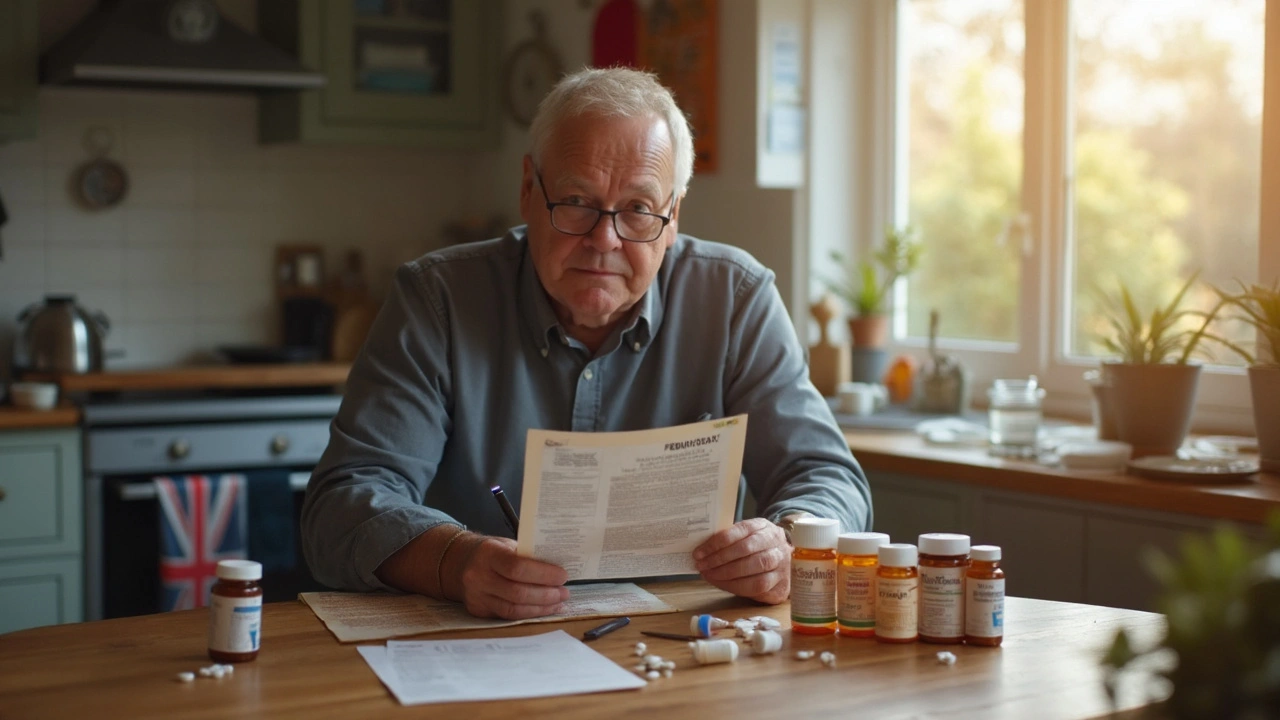Drug combinations: what works, what to watch for
Taking more than one medicine is normal these days. When prescribers combine drugs—like adding bupropion to an SSRI for depression—it can help symptoms faster or reduce side effects. But mixing meds can also cause problems: reduced effect, new side effects, or dangerous interactions. This page gives clear, practical tips so you can use combinations safely and spot trouble early.
When combining meds makes sense
Doctors pair medicines on purpose for things like depression, high blood pressure, or infections. A common example is adding a second antidepressant as an augmentation strategy when one drug alone doesn’t help enough. Another reason: lower doses of two drugs sometimes give better symptom control with fewer side effects than a single higher dose. Trust the plan only if a prescriber explains why each medicine is needed and what to expect.
Red flags and what to watch for
Watch for new or worsening symptoms after starting a new combo. Signs like severe dizziness, fainting, fast heartbeat, sudden confusion, high fever with shaking, or uncontrollable nausea need urgent care. Also be aware of special risks: combining multiple serotonergic drugs can cause serotonin syndrome (overactivity of the nervous system), and certain antidepressants or pain medicines can raise seizure risk if mixed improperly.
Here are quick, practical steps you can take today:
- Keep one up-to-date medication list and carry it to every visit. Include prescription, OTC, supplements, and herbal remedies.
- Ask the prescriber: Why add this drug? How long will I need it? What side effects should I expect?
- Ask your pharmacist to run a drug interaction check before you pick up prescriptions. They do this every day and can suggest safer options or monitoring.
- Use reputable interaction checkers or pharmacy apps to double-check, but don’t rely on them alone—talk to a clinician for advice tailored to you.
- Avoid alcohol until you know how the combination affects you. Alcohol can worsen sedation, liver stress, or other side effects with many medicines.
Some combos need extra lab checks—liver tests, kidney function, or blood levels—so keep follow-up appointments. If you notice odd symptoms after starting a new drug or a change to your regimen, stop only if your prescriber tells you to; otherwise call for advice. For birth control users, certain medications and supplements can change nutrient levels or reduce effectiveness, so mention contraception whenever you start a new drug.
Final practical tip: one prescriber coordinating your care makes a big difference. If you see multiple specialists, ask them to communicate or give you a clear plan. That simple step cuts down on risky overlaps and keeps your treatment focused on what actually helps you feel better.

Febuxostat Drug Interactions: Safe Use and Medication Combinations
Mixing febuxostat with other drugs can get complicated fast, especially for gout patients who often take multiple meds. This article breaks down how febuxostat interacts with common prescriptions and over-the-counter drugs, sharing data, examples, and tips for safer combos. Learn what to avoid, what to watch for, and how to talk with your doctor about combining medications effectively. Stay informed and take control of your gout treatment by understanding these crucial details. Anyone who takes febuxostat—or cares for someone who does—will get practical, easy-to-understand advice here.
Read More